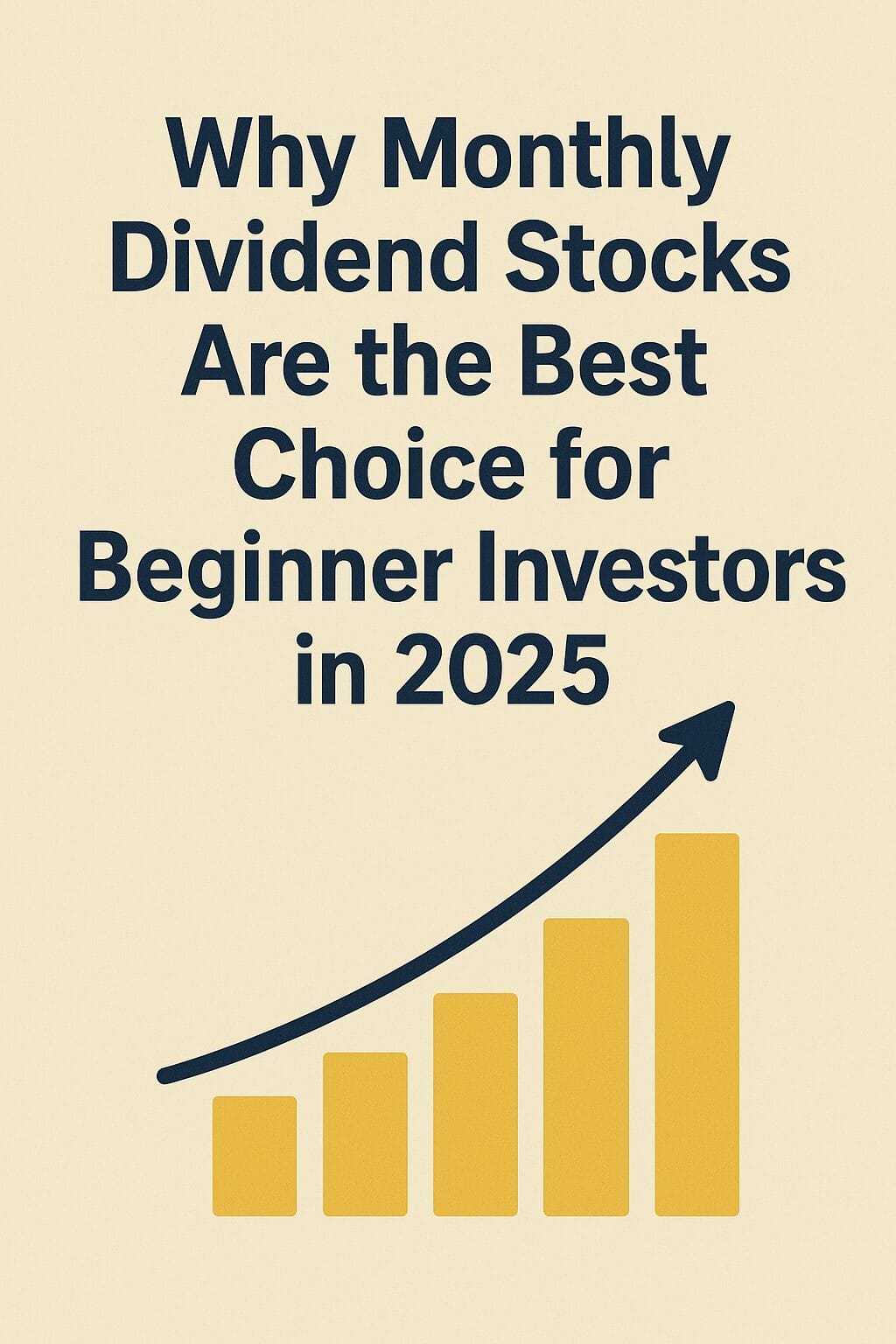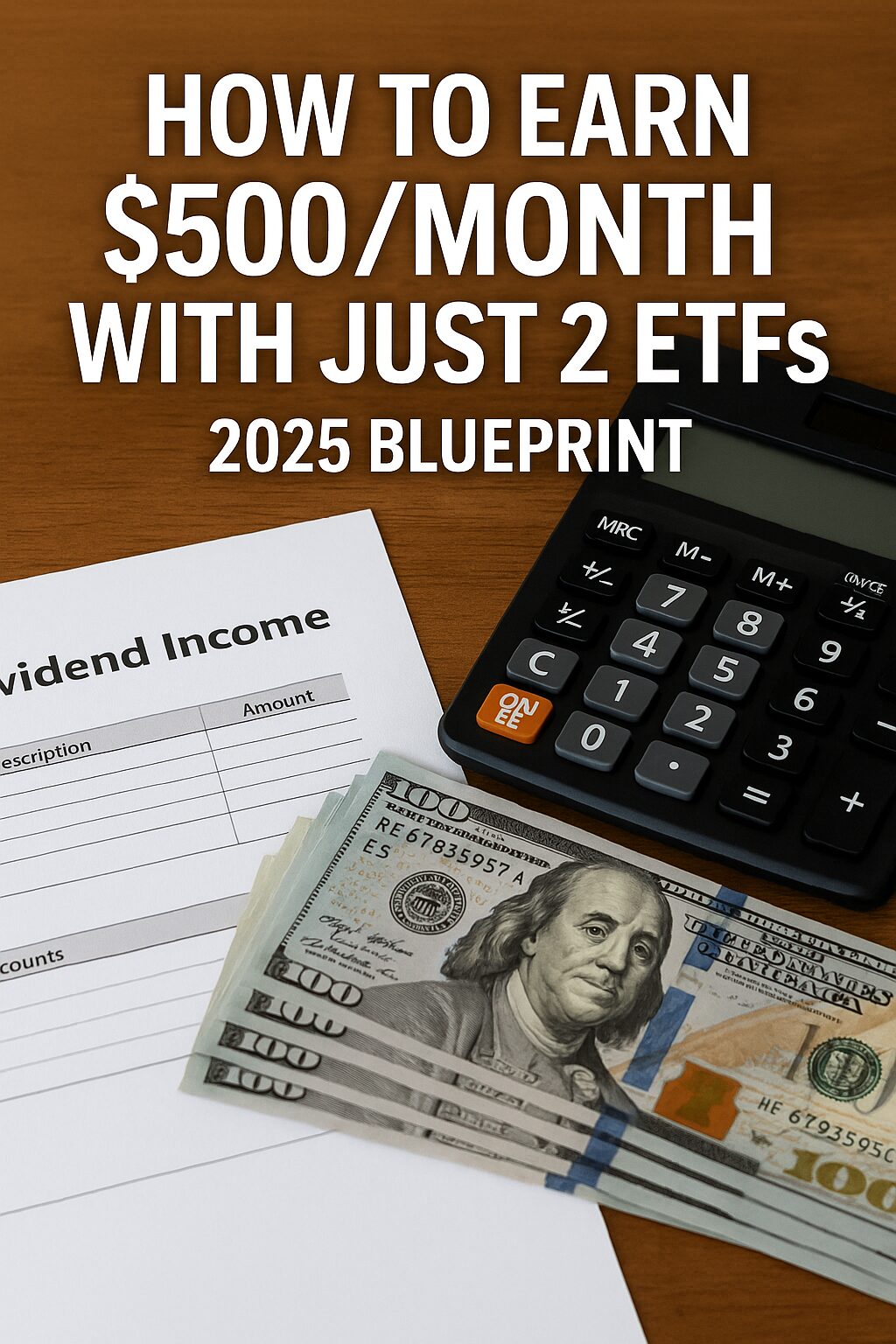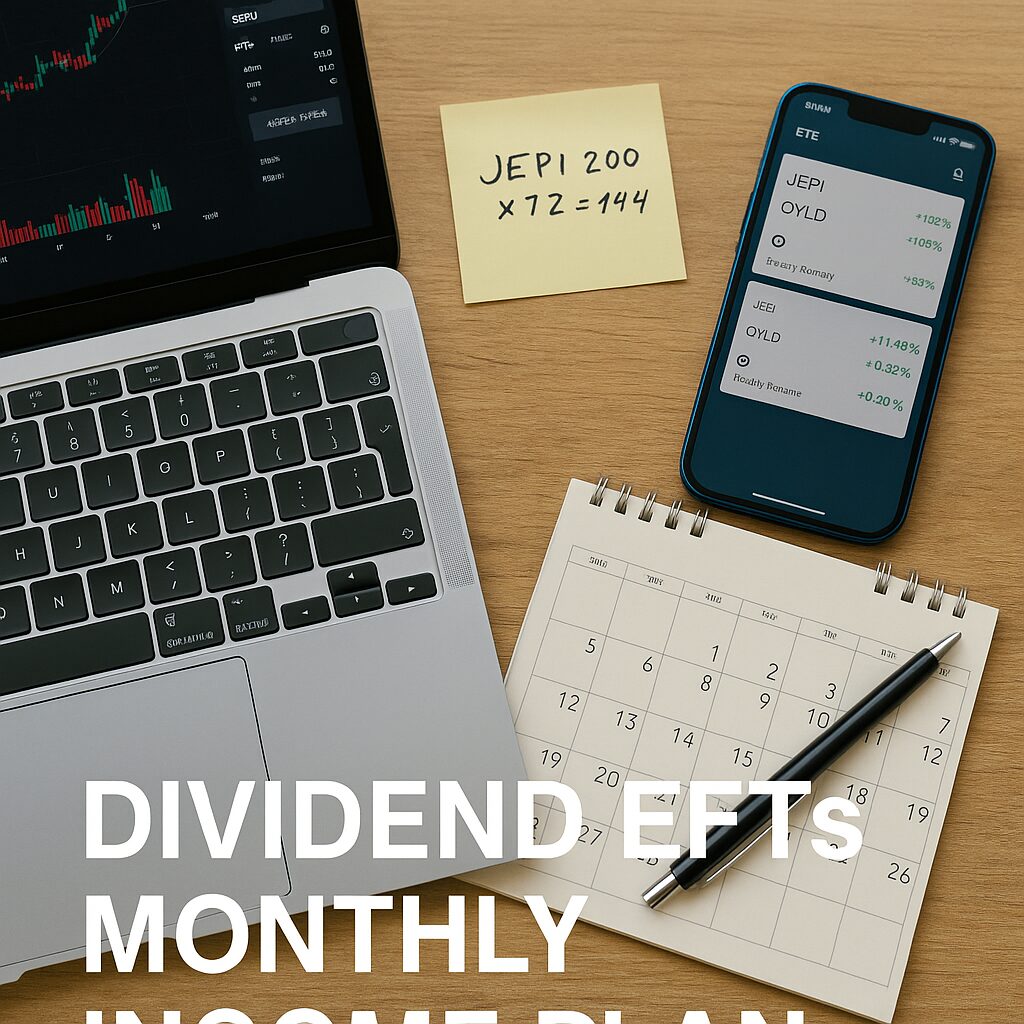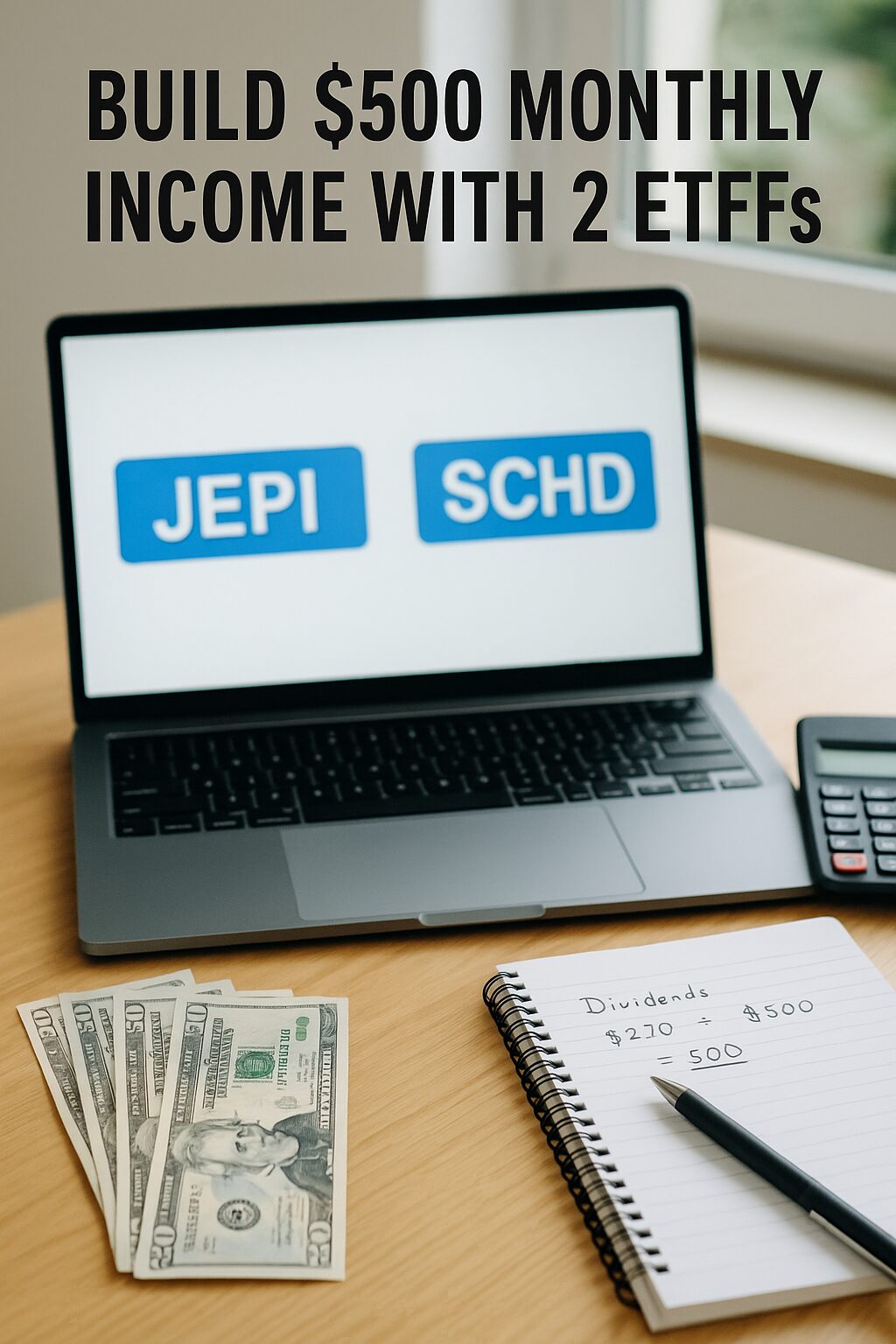Introduction: A Simple Path to Predictable Passive Income
If you’re new to investing and looking for a safe, consistent way to grow your money in 2025, there’s one underrated strategy you should seriously consider: monthly dividend stocks. Unlike traditional quarterly dividend stocks, monthly dividend stocks pay out cash every single month—making them an ideal income source for beginners, retirees, and anyone aiming to build predictable passive income without selling shares.
Let’s explore why monthly dividend stocks are particularly powerful for beginner investors—and how you can get started today.
1. Monthly Cash Flow Makes Budgeting Easier
One of the biggest benefits of monthly dividend stocks is cash flow alignment with real life. Bills arrive monthly—rent, utilities, groceries—so wouldn’t it make sense for your investments to generate income monthly too?
While quarterly dividends can leave gaps between payments, monthly dividends give you reliable cash every 30 days, which can help you:
- Supplement your paycheck
- Cover recurring expenses
- Build a “second salary” over time
For beginners who are still working or managing tight budgets, this regularity is not just convenient—it’s empowering.
2. Faster Compounding with Monthly Reinvestment
Here’s a secret many beginner investors don’t realize: the more often you reinvest your dividends, the faster your wealth grows. Monthly dividends mean:
- 12 compounding events per year (vs 4 with quarterly stocks)
- More frequent opportunities to buy more shares
- Higher long-term returns through compounding
Imagine reinvesting $50 every month into the same stock, gaining fractional shares over time. By the end of the year, you’ve bought 12 more mini-paychecks—without adding more capital.
3. Lower Price Volatility and Higher Yield Stability
Many monthly dividend stocks belong to Real Estate Investment Trusts (REITs) or business development companies (BDCs). These companies are designed by law to pay out the majority of their earnings as dividends, often resulting in:
- Above-average dividend yields (4%–8%)
- Relatively stable stock prices
- Less emotional stress during market downturns
For new investors, this combination of high yield + lower volatility creates an ideal entry point into income investing—without having to stomach wild swings.
4. Perfect Fit for Small Portfolio Builders
You don’t need $50,000 to get started. Many monthly dividend stocks trade below $100 per share. That means:
- Even a $500 portfolio can start generating monthly income
- You can diversify into 2–3 stocks right away
- You get real psychological wins from seeing dividends hit your account
This is huge for beginners. Nothing motivates more than actually seeing money come in, even if it’s $3.75. It turns investing from an abstract goal into a tangible reality.
5. Top Monthly Dividend Stocks for 2025 Beginners
Here are a few proven monthly dividend stocks to consider if you’re starting out:
| Stock | Dividend Yield (2025 est.) | Industry |
|---|---|---|
| Realty Income (O) | ~5.7% | Retail REIT |
| STAG Industrial (STAG) | ~4.3% | Industrial REIT |
| Main Street Capital (MAIN) | ~6.2% | Business Development Company |
These companies have long histories of reliable payouts, manageable risk, and strong portfolios across different sectors.
Pro tip: You can also find ETFs like JEPI (monthly payer with a high yield) or SPHD (focused on low volatility and income) to diversify risk while keeping monthly income.
6. Emotional Benefits: Confidence Through Consistency
Finally, monthly dividends help build the one thing most beginner investors lack: confidence.
Every time you receive a dividend payment—even a small one—it reinforces that your money is working for you. It creates a sense of progress and predictability that:
- Reduces the temptation to panic-sell
- Encourages long-term holding
- Builds a healthy investment mindset
Many beginners quit investing after their first loss or market dip. Monthly dividend stocks offer positive reinforcement every 30 days, helping you stay consistent.
Conclusion: Start Simple, Grow Steady
In 2025, the investing world can feel overwhelming—crypto, AI stocks, options, volatility. But monthly dividend investing offers a calm, proven, and highly practical entry point for any beginner.
With low capital requirements, steady income, and psychological wins baked in, monthly dividend stocks help you start small and grow big—one month at a time.




